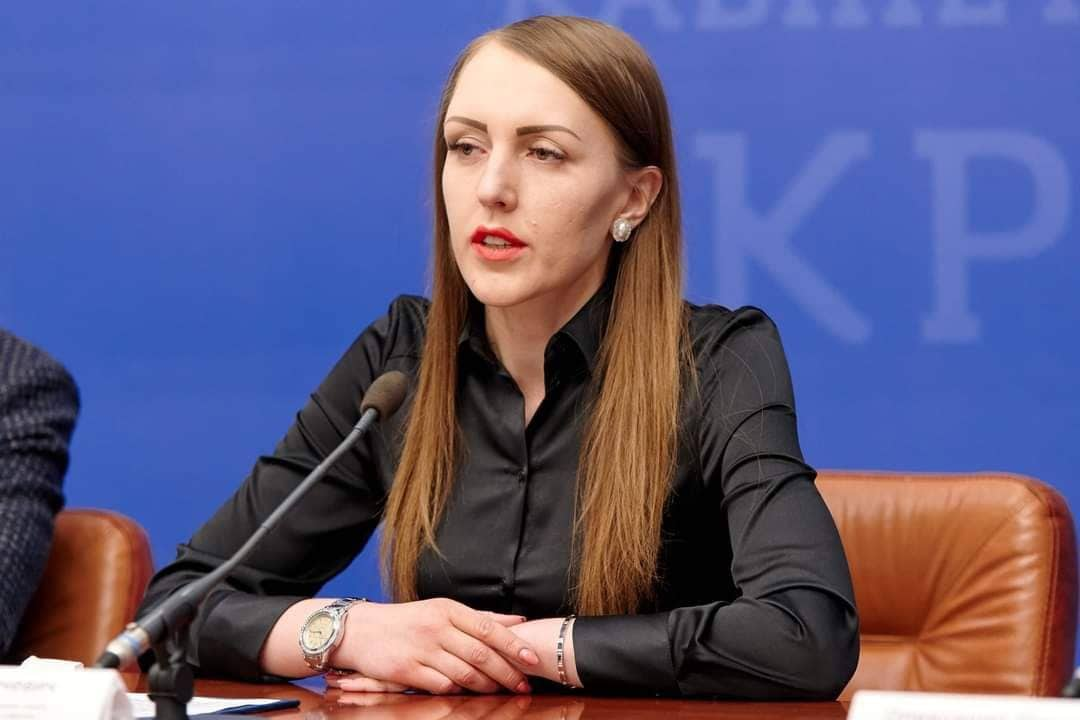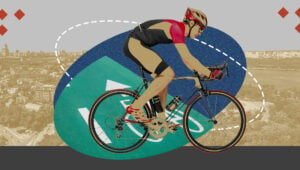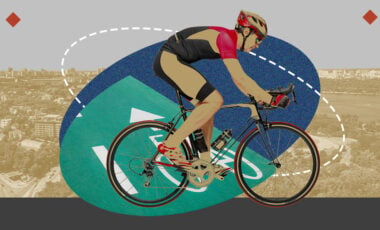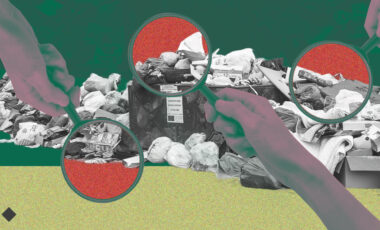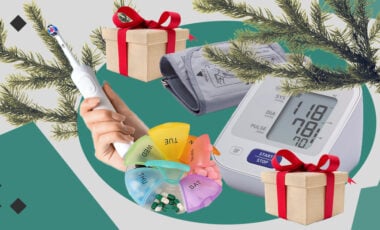Changes in pharmacies and hospitals: How will the sale of prescription antibiotics work?
From August, Ukrainians will buy antibiotics in Ukrainian pharmacies only with a paper or electronic prescription. Distributing these drugs as prescribed by doctors is not a new norm; such a system has operated in Ukraine before. However, the authorities additionally introduce a digital tool.
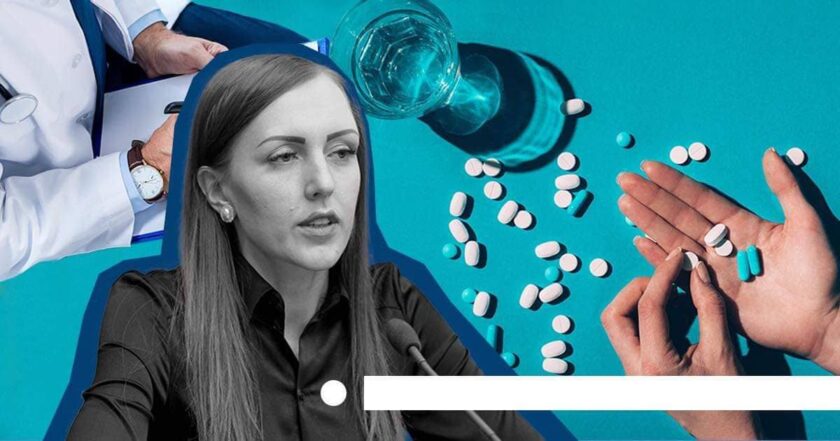
How to get a prescription? Does it include the option to get medicine for free, what should people in the occupied territories do, and what if there's no prescription, but the drug is needed? Rubryka talked to Deputy Health Minister Maria Karchevych and asked what would change for patients, pharmacists and doctors.
What is the problem?
Self-medicating kills
A specific antibiotic must kill a particular bacterium. If you choose the right medicine and the dosage that is necessary for you, you win. If you miss even with the second point, you lose.
Taking too large a dose means dealing a severe blow to the liver. Taking too little makes the bacteria even more robust instead of killing it. This phenomenon is called resistance, that is, resistance to antibiotics.
"The human body develops resistance to bacteria. When people have such serious diseases or bacterial infections as syphilis, tuberculosis, or several other disorders, they become a sentence because the body becomes resistant to antibiotics, and the treatment ceases to be effective. Therefore, it is a common practice in many countries to sell antibiotics by doctor's prescription.
The WHO reports that today antibiotic resistance is recognized as one of the significant threats to humanity because when people use antibiotics without a doctor's prescription, they are self-medicating without understanding whether they need this drug," says Maria Karchevych.
The reform, which provides for the sale of antibiotics only by prescription, was developed and implemented in 2019. As the deputy minister says, the system about to start operating is already familiar to doctors and many patients.
"Electronic prescription is not new because this procedure has been in operation for a long time and is actively used for insulin drugs. Even before that, an electronic prescription was introduced as part of the Affordable Medicines state reimbursement program. Therefore, medical professionals and many patients are already familiar with this tool.
We have a step-by-step plan to transition to selling several drugs under electronic prescriptions. The first step will be a prescription for antibacterial drugs. Next will be narcotic drugs, and then all prescription drugs."
What is the solution?
E-prescriptions: transitional period, declarations, inpatient care
Starting in August, patients prescribed antibiotics will receive a paper or electronic prescription. Without it, they cannot buy the drug.
"The pharmacy employee puts the 'dispensed' stamp on the paper prescription or information certificate, meaning the person received the necessary drug at the pharmacy. If we talk about responsibility, about abuse on the part of pharmacies in dispensing medications without a prescription, then it is defined by the current legislation.
Suppose the patient cannot get to the pharmacy on their own. In that case, their representative—relatives, guardians, or a social worker—can go to the pharmacy with the patient's prescription and get the drug instead.
If a person is admitted to intensive care, treatment at a hospital or general provision of medical services within the medical guarantee program will be free. Medicinal products will also be free," Maria Karchevych explains.
It is noteworthy that the patient doesn't need a declaration with the family doctor to obtain a prescription. Prescriptions will be written by specialized doctors treating the patient.
How does it work?
Money, occupation, hostilities
Will the reform allow patients to receive antibiotics for free? At this stage, no. However, you can count on it in the future.
"Today, we are working on implementing a state reimbursement program. There are proper calculations, which is a rather large amount for the state budget if we discuss reimbursement for antibacterial drugs. Therefore, we are working on implementing this program next year," says the deputy health minister.
As for people under occupation and in territories where hostilities are ongoing, the system will be somewhat simplified for them, at least for now.
"Now, we are introducing additional electronic tools to find more convenient solutions for doctors and patients. We decided that we would simultaneously launch electronic and paper prescriptions in August. Why so? Because somewhere people have no technical possibility, problems with power supply, or not all institutions work with the electronic healthcare system yet.
Therefore, we're creating a transition period when both electronic and paper prescriptions will be valid. We also make an exception for those territories where hostilities are taking place or under temporary occupation. We understand that it may not be possible to write a prescription or contact a doctor there. Thus, we allow dispensing antibiotics even without a prescription in such territories. Human life is always a priority," says Deputy Minister Karchevych.
Does it work?
With this system, patients receive antibiotics in several European countries. Increased control of antibiotic consumption will simplify the treatment of many diseases and make self-medication, which is challenging to deal with, less dangerous.
You don't need a declaration to receive an electronic prescription but must be registered in the electronic health care system (EHS). You can be registered at the hospital even without a family doctor.
You will be given a paper prescription if there's no technical possibility of getting the electronic one.
If you want to buy antibiotics without a prescription while not having good reasons, you will have to abandon this idea. After all, you will risk your health and the job of the pharmacist whom you'll persuade to break the rules.





